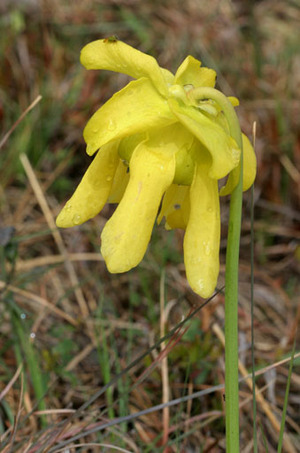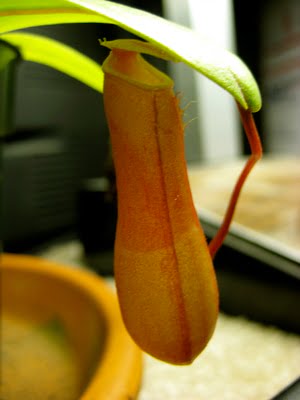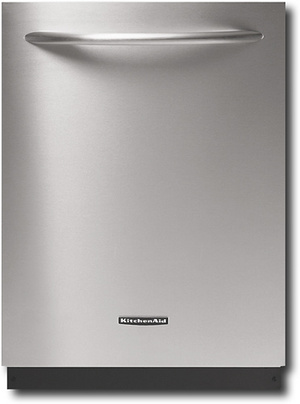Carnivorous plants are mostly found in peat bogs, swamps, and marsh lands. These areas have acidic soil and water with little nutrients. Most plants are unable to survive in this harsh environment, but carnivorous plants make up for the lack of nutrients by ingesting bugs. Carnivorous bromeliads, Venus flytraps, sundews, and pitcher plants may be found in Florida
Carnivorous Pitcher Plants There are six known species of Sarracenia pitcher plants found in Florida, with the Yellow Pitcher Plant being the most abundant. Most species grow in the panhandle, but others may be found in the Okeechobee and Savanna regions. Pitcher plant leaves are shaped like a pitcher to hold water. Insects and small frogs fall into the water at the bottom of the pitcher and can not escape. As the prey slowly dissolves, the pitcher plant absorbs its nutrients. Pitcher plants bloom in the springtime. The flowers often stand up to three feet high so they are easy to spot in March and April.
Carnivorous Sundews At least five species of Drosera sundews may be found in Florida. Elongated or round leaves are surrounded by thousands of red or pink tentacles. Each tentacle has a small gland at the tip that releases a sweet, sticky liquid that attracts small insects. As the bug struggles, it sticks to more tentacles. Then the tentacles bend inward, trapping the prey. The sundew then secretes an enzyme that liquefies its victim, allowing the carnivorous plant to absorb the insects nutrients. Sundews are like jewels that glisten in the sunlight on top of the soil or sphagnum moss, making this tiny plant a little easier to find.
Carnivorous Bromeliads Catopsis berteroniana bromeliads can be found in south Florida. For years scientists have been debating whether or not these bromeliads are true carnivores. Many species of bromeliads are known to hold water in their leaves, but this species is believed to have evolved a way of digesting the nutrients provided by the insects that drown in the water. A waxy coating on the inside of each leaf is designed to keep prey from climbing out of the plant. Carnivorous bromeliads grow in shaded areas usually surrounded by twigs and small trees.
Carnivorous Venus Flytraps Dionaea venus flytraps are not native to Florida, but several species have been introduced to the northern area, especially near the border of Georgia. Venus flytraps have trigger hairs on opposite lobes that sense the touch of live prey. As these hairs are touched, the trap quickly snaps shut. Enzymes are then released to aid the plant in digestion. Venus flytraps are found in sandy or swampy soil in areas that experience a frost each winter.
Sources:
USDA Plants
“The Carnivorous Bromeliads” by Stewart McPherson







